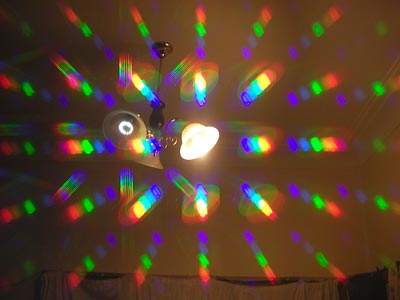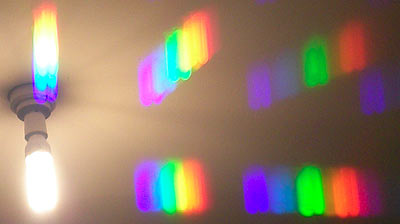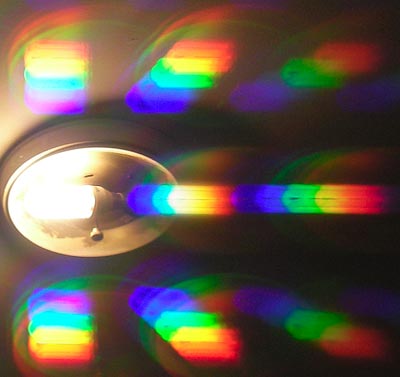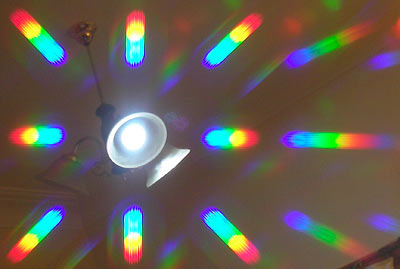When we were house-hunting, one of our options had an honest-to-goodness stream flowing in the front yard. The driveway and front path had little bridges. It was awesome.
(But too far from the shops.)
That house popped into my mind when I read about the new Beck Mickle water generator that will, according to its makers, give useful power from the babbling brook in your back yard. Let's assume that you have both a yard and a brook, for the purposes of this argument.
The Beck Mickle Hydro site doesn't have much information yet, but that's OK, because the outer bounds of the system's efficiency are already defined. Quite simple physics tells us the theoretical maximum amount of energy that can be derived from X much water per second dropping distance Y. You can read all about the equation involved in various places; here, for instance, or this PDF for a fancier version.
The big deal about the Beck Mickle generator is supposed to be that it works from very small "heads" - a very small amount of "fall" for the water. There's no problem factoring that into the equation, though; you can just ignore the usual few-feet head that's the minimum (and a major limiting factor) for most "micro-hydro" systems. They have that head limit because we don't live in Physics Experiment Land; inadequate head means the efficiency of the system will fall vastly, possibly even to zero, as the water just doesn't have enough energy to get the generator turning. The Beck Mickle thing is apparently easier to turn. Groovy.
Let's assume the Beck Mickle system really does work just fine from a miserable eight inch head, and let's further be insanely generous and assume it is 100% efficient at turning water energy into electricity (versus the 55% efficiency that's common in current systems).
How much flow would you, then, actually need to achieve the one kilowatt output talked about in the Daily Mail piece?
Well, the equation [New! Improved! Actually correct now!] is Gross Head (in metres) times Flow (in cubic metres per second) times System Efficiency (decimal equivalent, where 100% equals 1) times a constant (9.81 in this case, the acceleration due to gravity in metres per second squared; it's a less neat number if you do the calculation in units other than metric) times the density of water (1000 in this case, because that's the number of kilograms in a cubic metre of water) equals Power (in watts).
(The oregon.gov page I mention above simplifies the equation by giving results in kilowatts and leaving out the water-density figure. I screwed up the first time I worked it out here, using their version of the equation but imagining power was still in watts.)
Assuming you've got a 60 centimetre head - three times the alleged minimum for the system - solving for Flow gives
0.6 * Flow * 1 * 9.81 * 1000 = 1000
So: Flow * 5886 = 1000
And thus: Flow = 0.17 cubic metres per second.
That's quite a lot [though not nearly as much as I thought it was when I had it wrong].
An Olympic swimming pool holds about 2500 cubic metres. You'd have one of those coursing through your back garden every 15 seconds every four hours or so, which isn't quite as spectacular as I first thought, but is still a bit speedy.
(I don't know how many Libraries of Congress per second that is.)
To pay for itself in the quoted two years, at standard UK electricity prices of around ten pence per kilowatt-hour, this £2,000 generator would indeed have to deliver the quoted 28 or so kilowatt-hours per day - even more than a thousand watts of constant power - in order to break even in two years. And that's assuming that it doesn't need any expensive repairs, which would both increase the price and reduce its generating hours.
(Curse my cynical mind for thinking that a v1.0 product might not last for two years just because it is (a) constantly rotating and (b) constantly wet.)
When I had the calculation wrong, I thought the claimed results were utterly ludicrous. Now that I've got it right (thanks, nichyoung!) it's less ridiculous; this thing actually could make worthwhile power, if (a) it works as advertised and (b) you have a decent little stream to put it in.
Of course, it's still unquestionably not actually going to be very close to 100% efficient. Advanced water turbines can manage 80%; backyard hackers are lucky to crack 50%. But, still, could be worth it.
Another reason why this story caught my eye is because, apart from being based on a different element, the claims made for the domestic waterwheels generator sound very much like the claims made for small wind generators.
Small wind turbines look pretty impressive, until you discover that the unremarkable-sounding wind speeds needed for them to start generating properly are actually, often, Beaufort Force Six. The hardy maritime types who came up with that scale may only call Force Six a "Strong Breeze", but it's actually Strong enough that, if it's raining, you may do better to not bother trying to open your umbrella. Few residential areas have Strong Breezes much of the time, because people try not to build towns in places like that.
Awesome dude Tim Hunkin has something to say about all this.
If you actually want to get reasonable power from a wind generator in "normal" winds, you need something like a twenty foot turbine eighty feet up in the air. From that, you will genuinely be able to get a kilowatt of power on pretty much any day when there's what a city dweller would call a breeze, and you'll get a reasonably reliable 2kW or more if you live somewhere more windy, but not startlingly so.
But if you've got a Neighborhood Association, they will not like it.







